Contemporary digital photography is experiencing a marked return to the aesthetics of yesteryear. Digital cameras with an analogue look are attracting more and more photographers, from amateurs to professionals. This phenomenon goes beyond simple nostalgia to become part of a broader cultural trend, where authenticity and tangibility are regaining their place in an ultra-connected world.
These contemporary cameras with a retro look offer a fascinating balance between the visual charm of old-fashioned cameras and the practical advantages of modern technology. Physical dials, optical viewfinders and designs inspired by the 70s and 80s sit alongside high-resolution sensors and touchscreens. The success of these cameras illustrates a desire for a more intentional and less instantaneous photographic experience.
Retro aesthetics as a creative statement
In large cities, the popularity of digital cameras inspired by classic film cameras is constantly growing. Photographers today are looking for the best digital cameras with a film camera look, both for their functionality and their distinctive style. These designs have become much more than just practical tools.
These cameras with their classic lines contrast with the uniformity of modern smartphones. The term ‘vintage’ is now one of the most frequently searched terms in the photography sector. The Design Museum website offers valuable resources on vintage aesthetics applied to everyday objects.
Style, identity and social influence
On Instagram and TikTok, hashtags related to film photography generate significant engagement. Many photographers find that their retro-style cameras attract attention and spark conversations. These cameras thus become accessories that complement their personal style.
For those who want to explore the evolution of photographic trends or compare different approaches, Phototrend regularly features articles on urban photographic creativity using various equipment and techniques.
What is particularly appealing is the contrast between the simplicity of these cameras and their technological sophistication. Their sleek designs offer a refreshing alternative to ubiquitous touchscreen interfaces. For many urban creators, these cameras represent a return to basics.
The flagship models that define the movement
Several cameras have become benchmarks in the field of the best digital cameras with a film-like look. The Fujifilm X100 series made its mark on the market in 2011 with its compact format inspired by classic rangefinders.
Its fixed lens and hybrid viewfinder allow street photographers to switch between traditional optical and modern electronic viewing. This flexibility offers precise control while preserving the feel of film.
The Olympus PEN-F stands out with a design reminiscent of cameras from the 1960s. Its compact ergonomics and precise finish appeal to lovers of beautiful objects. Its creative dial on the front allows you to quickly customise the look of your images.
The Nikon Df combines a modern full-frame sensor with a body reminiscent of the legendary Nikon F film camera. This model appeals to photographers who are nostalgic for traditional mechanical dials.
For purists with a larger budget, the digital Leica M cameras continue the classic rangefinder concept. Their all-metal construction and minimalist interface emphasise the mechanical feel.
Integrating film aesthetics into your photography
Beyond choosing the right equipment, adopting a film aesthetic often requires a change in your photographic approach. To get the best results with these hybrid cameras, there are several techniques you can try.
When it comes to editing, certain software programs can accentuate the film look of digital images. Applications such as VSCO and RNI Films offer emulations of classic films. Adding grain and calibrating colours are necessary for an authentic look.
To choose the camera that matches your vision, it is important to specify your preferences. A street photographer will focus on discretion, while a portrait photographer may favour image quality and creative options.
It is essential to try out the camera in a shop to assess its handling, which is a fundamental aspect of the photographic experience. The feel of the controls and the overall ergonomics have a significant impact on the enjoyment of use.
These digital cameras with a film-like look are more than just a passing trend. They embody a response to a strong need to connect with the creative process in an increasingly automated environment.
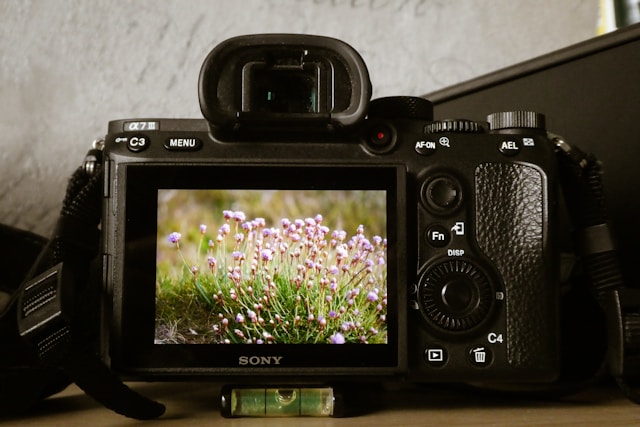
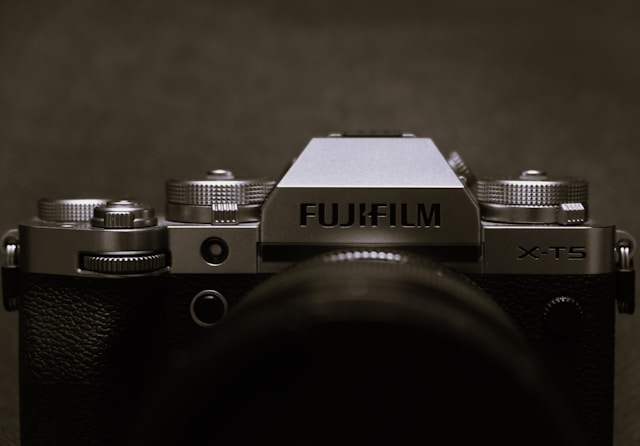

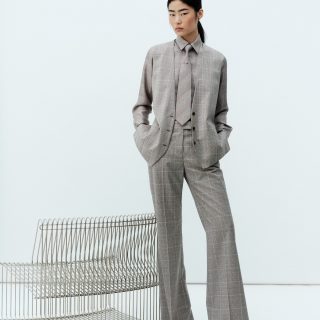

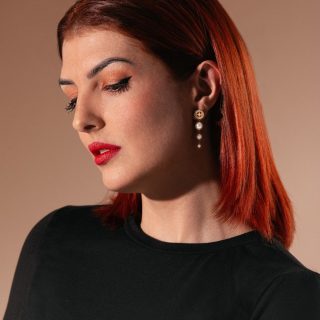

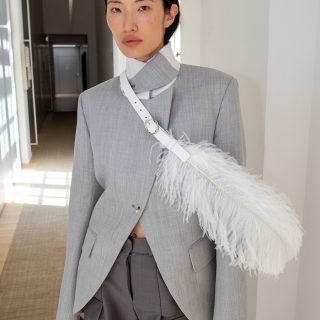




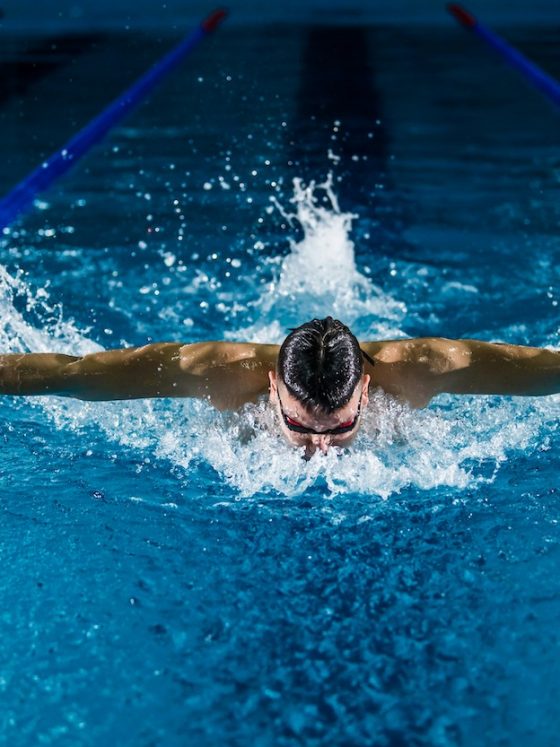
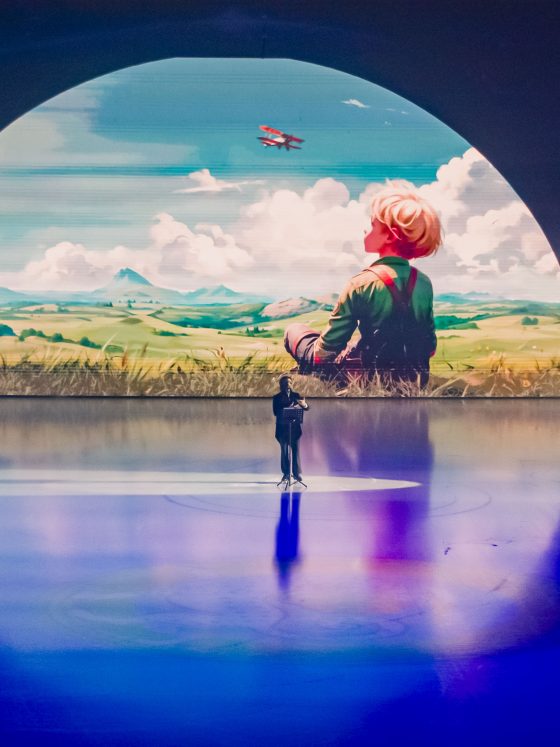
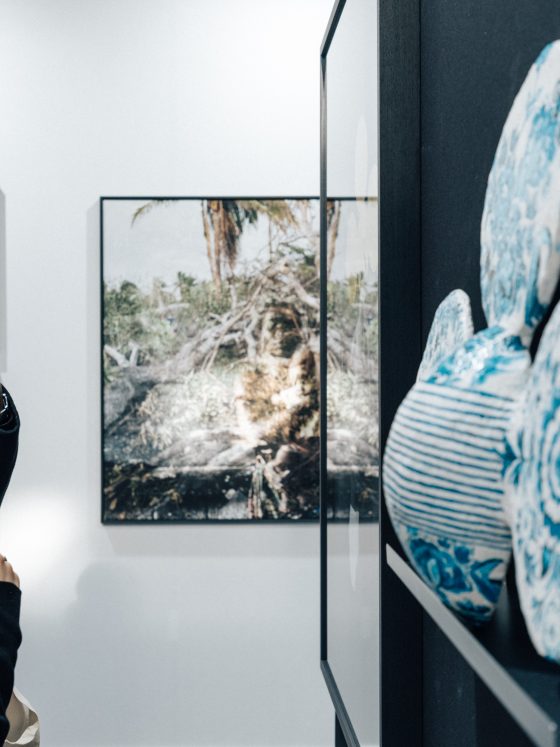
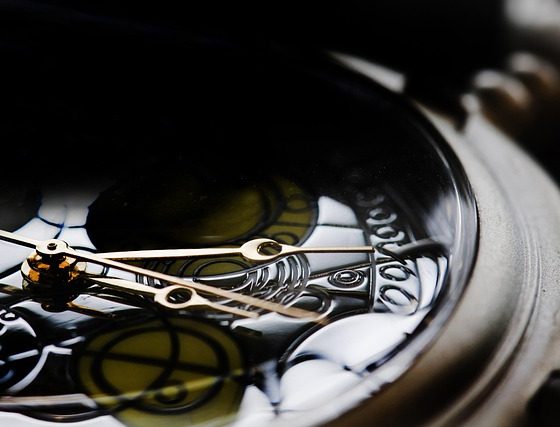
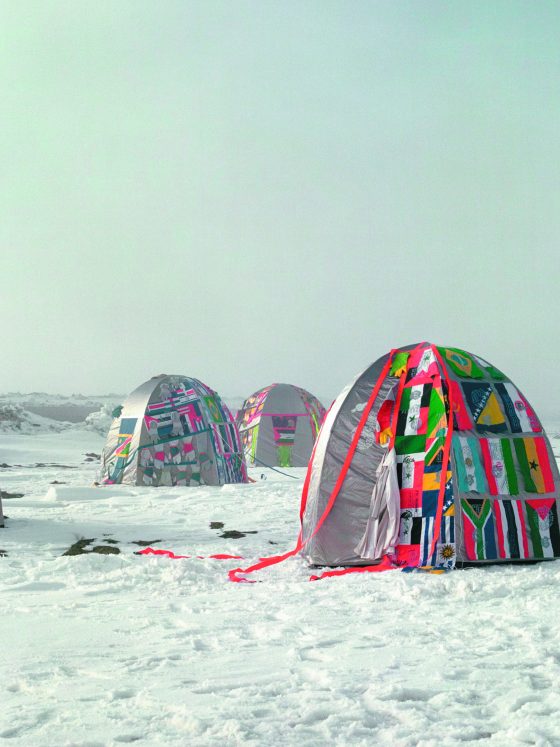

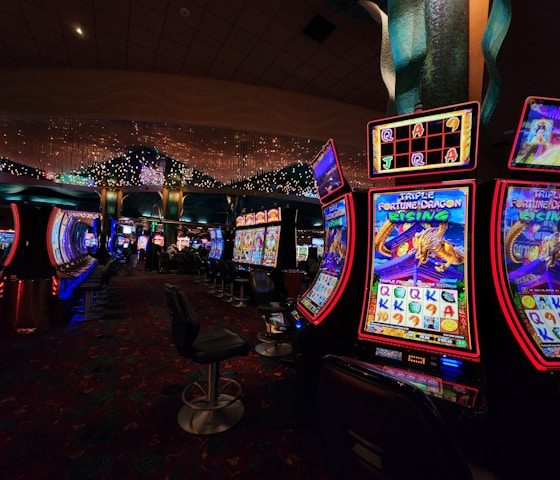
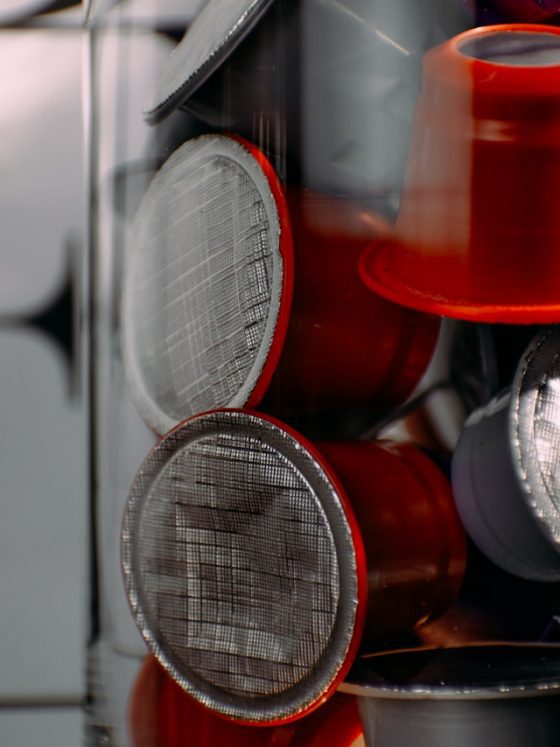
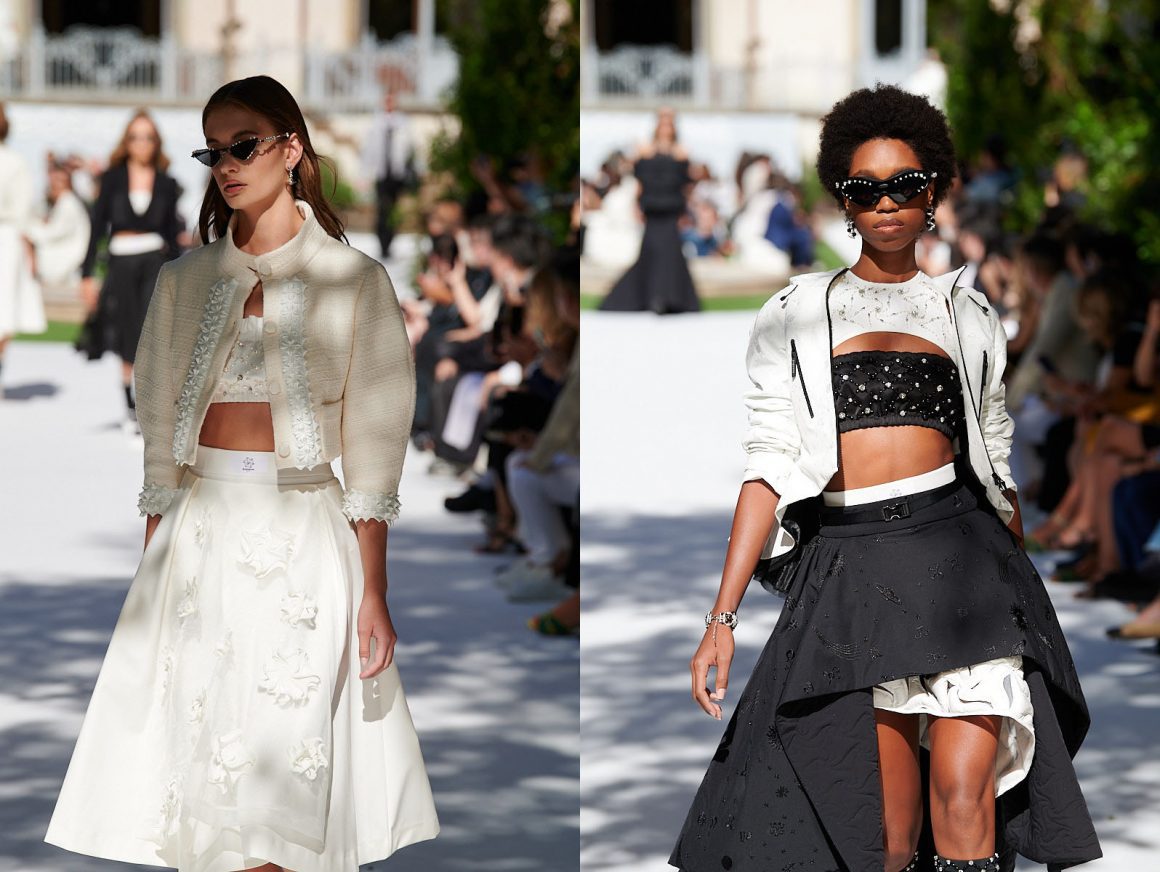
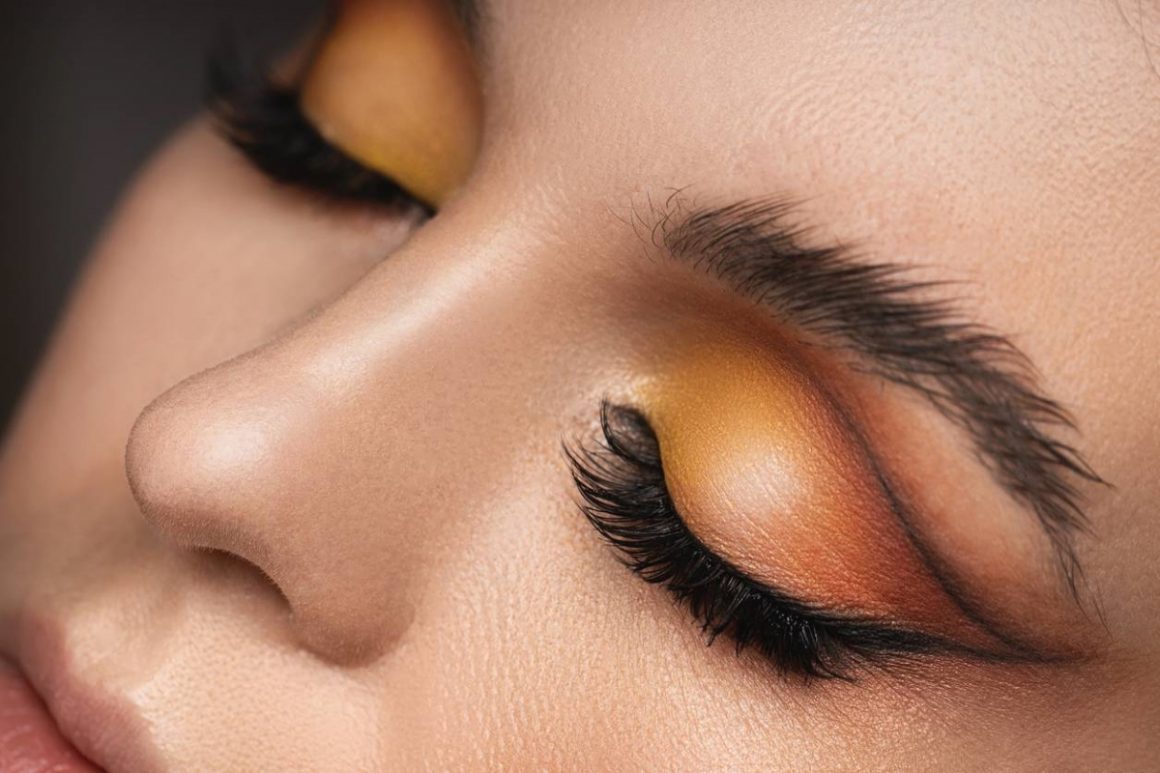
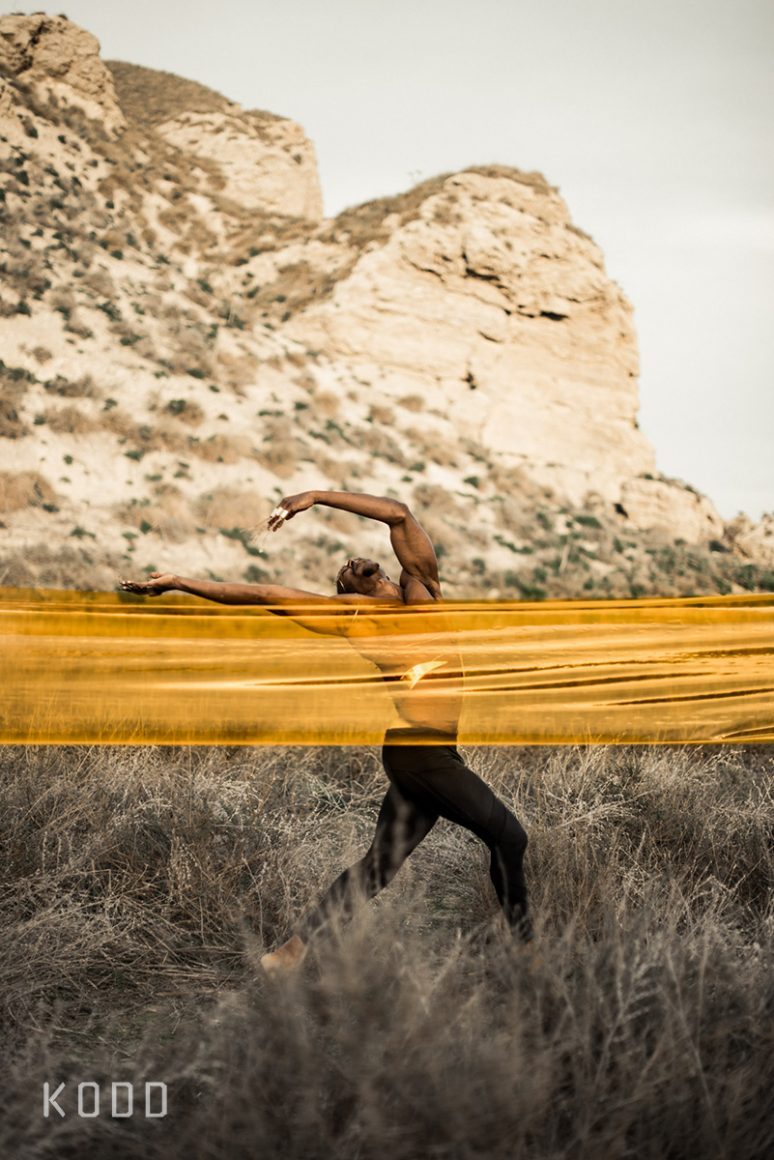
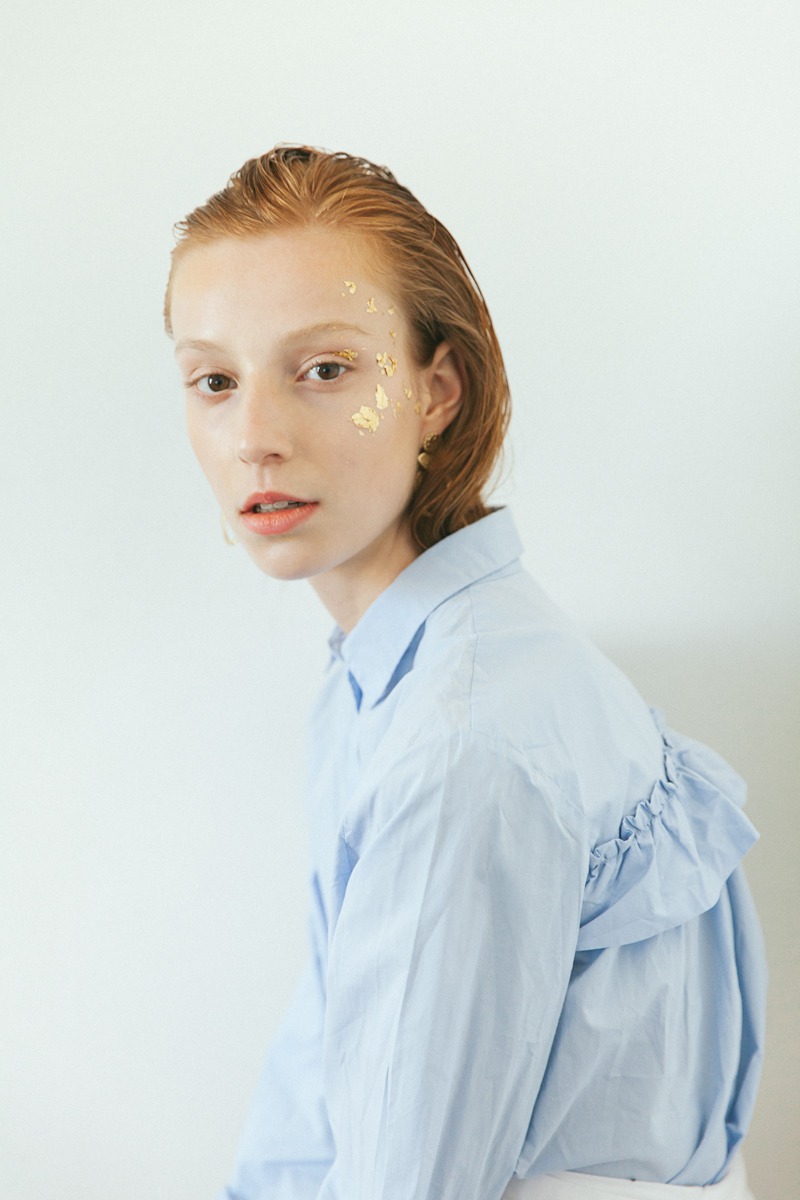
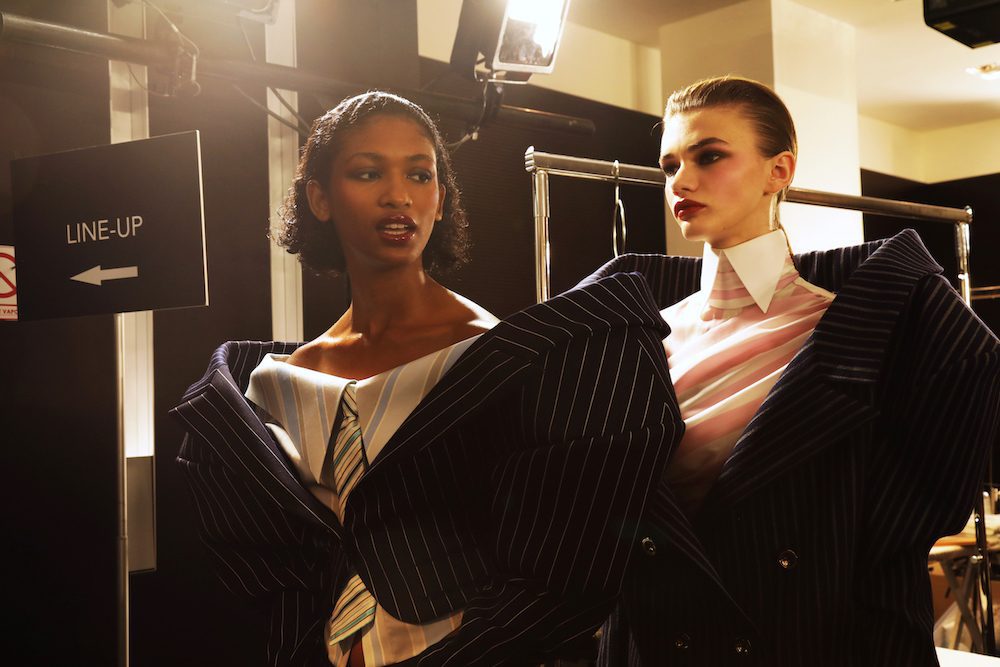
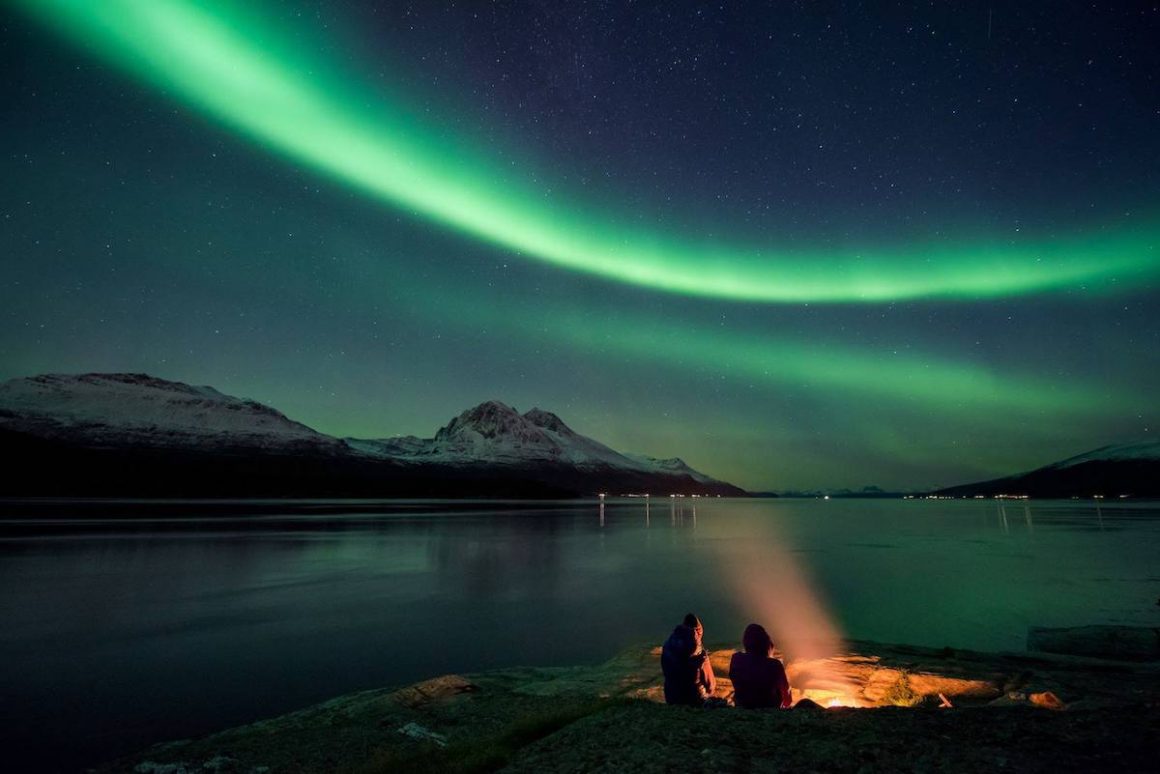
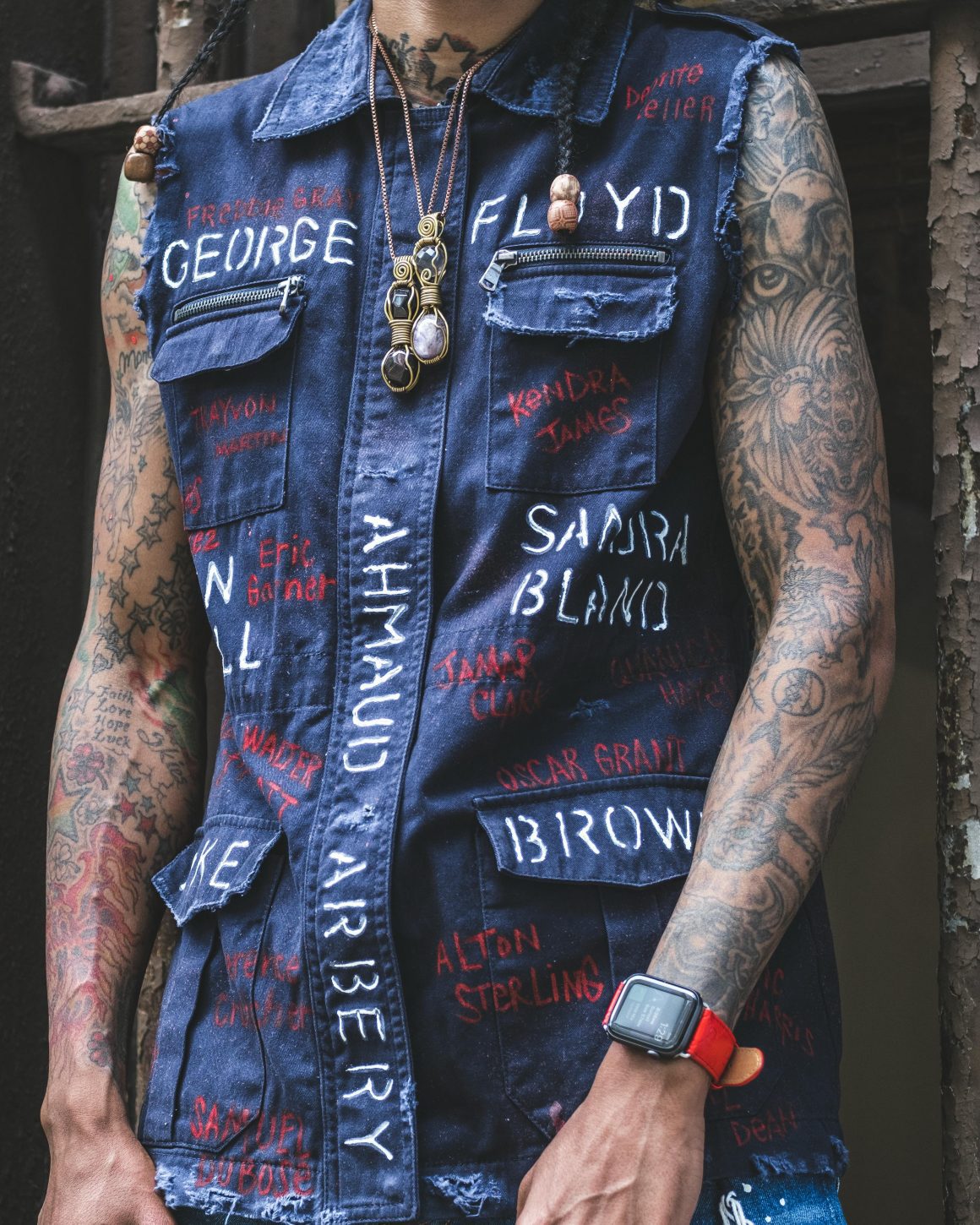

Follow us on Instagram